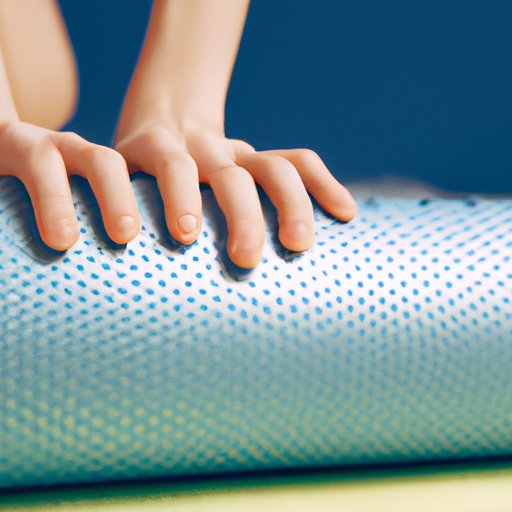Introduction
Rolling is a popular form of self-massage that has been gaining popularity for its benefits in promoting muscle recovery, flexibility, and mobility. Whether you are an athlete or a fitness enthusiast, incorporating rolling into your wellness routine can help achieve your fitness goals. This article will provide a comprehensive guide to rolling, including step-by-step instructions, benefits, myths and facts, and sequences of rolling.
Step-by-step guide
Rolling is a simple and effective way to reduce muscle tension and promote recovery. To roll, follow these simple steps:
1. Choose the body part you’d like to roll and position the roller on it
2. Apply gentle pressure and roll back and forth over the targeted area
3. Focus on any knots, trigger points, or areas of tension
4. Repeat on the other side of the body
5. Take breaks as needed and drink plenty of water
Tips for proper form
– Use your body weight to apply pressure
– Roll slowly and deliberately, avoiding quick movements
– Focus on any areas of discomfort and breathe deeply
– Avoid rolling over bones and joints
– Consult a professional if you experience pain or discomfort
Benefits of Rolling
Rolling provides numerous benefits, including:
– Reducing muscle tension
– Improving flexibility and mobility
– Easing joint pain
– Aiding in recovery from workouts
– Enhancing circulation
Studies have also shown that regular rolling can improve range of motion and reduce inflammation.
How to choose the right roller
Choosing the right roller can be key to a successful rolling routine. There are different types of rollers available, including foam, grid, and vibrating rollers. Consider the following when selecting a roller:
– Material: foam, PVC.
– Size: A larger roller is better for areas like the back while a smaller roller can be more effective for targeted areas like the calves or feet.
– Texture: smooth rollers can be less intense while textured rollers with ridges or bumps can provide deeper pressure.
– Vibrating rollers: these may be better suited for people with deeper knots and trigger points but are also more expensive.
Myths and Facts
There are several misconceptions about rolling that need to be addressed. Here are the facts:
– Myth: Rolling causes pain and injury
– Fact: Although discomfort is common, rolling should not cause excessive pain. Proper form is essential to avoid injury.
– Myth: Self-massage can replace a professional massage
– Fact: Although self-massage can be beneficial, it cannot replace professional massage.
Sequences of Rolling
Different body parts can benefit from different rolling techniques. Here are some effective rolling sequences to try:
– Back: Place the roller under your upper or lower back and roll from your shoulders to your hips.
– Hamstrings: Place the roller under your thighs and roll from your knees to your hips.
– Calves: Sit on the ground with the roller under your calves and roll from the ankle to the knee.
– Chest: Place the roller under the chest and roll from the collarbone down to the ribs.
Tips for safe and effective rolling
– Avoid rolling over joints, bones, or areas of pain
– Breathe deeply and stay relaxed
– Focus on any areas of tension or discomfort
– Roll slowly and deliberately
Tips and Tricks for Rolling
Here are some additional tips to get the most out of your rolling routine:
– Use props like yoga blocks or tennis balls for targeted pressure
– Take rest days to prevent overuse injuries
– Experiment with different rolling techniques to find out what works for you
– Drink plenty of water before and after your rolling session.
Conclusion
Incorporating rolling into your wellness routine can provide numerous benefits, including reducing muscle tension, improving flexibility and mobility, and easing joint pain. Use this guide to try rolling for yourself and see how it can complement your fitness goals.
